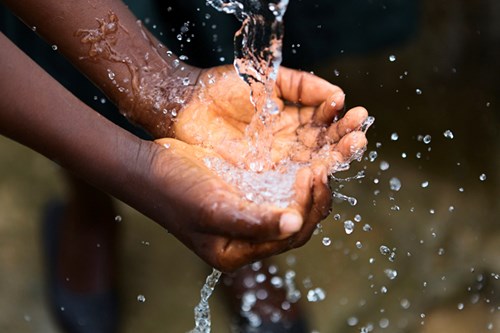Delivering on our strategic ambitions
We exist to protect, heal and nurture in the pursuit of a cleaner, healthier world. This means operating in a responsible and sustainable way while innovating products that improve lives while reducing environmental impacts.

Visit our Global Sustainability Reporting Hub here to learn more.
-
Learn more here
Reckitt's Response to the Infant Formula Shortage in the US
-
Learn more here
The Economic Impact of Reckitt in the US
-
Learn more here
Our Commitment to Ingredient Transparency
-
Learn more here
Supplier Diversity Hub


